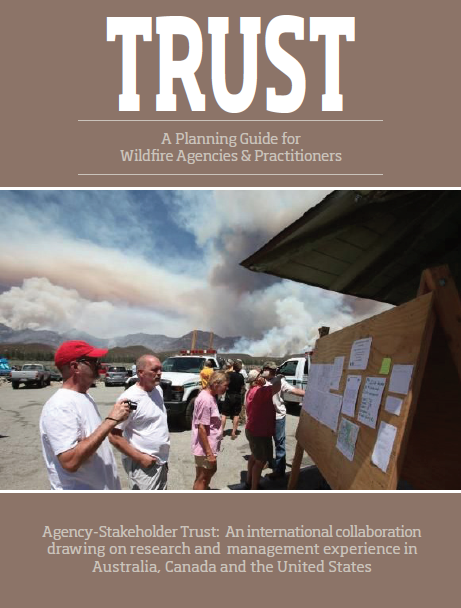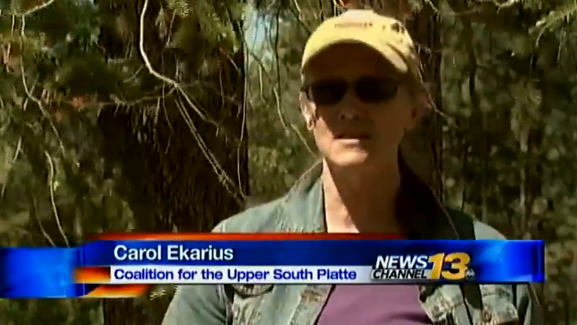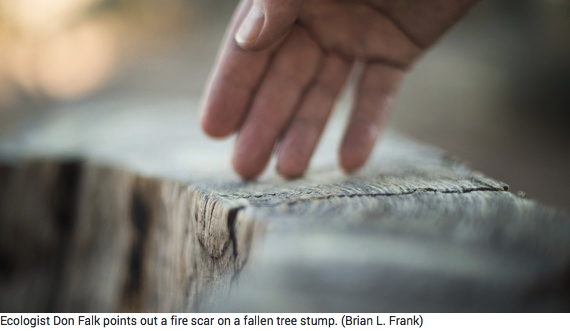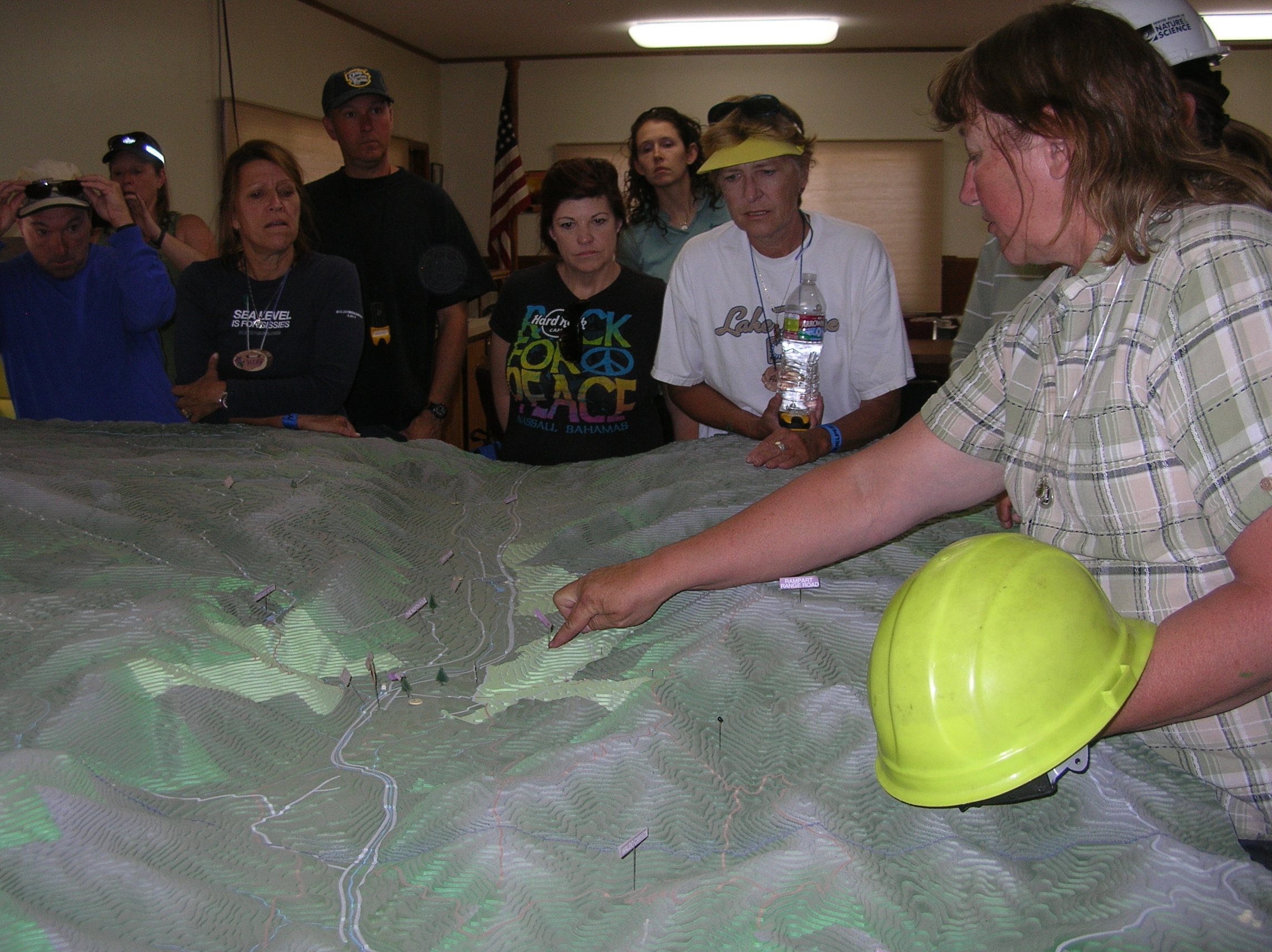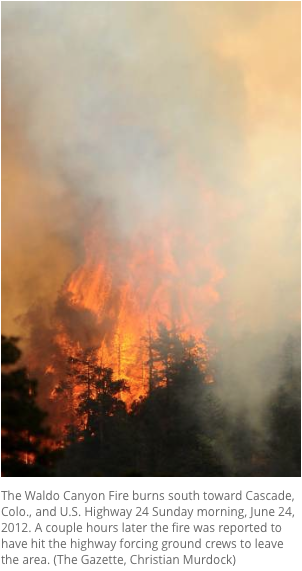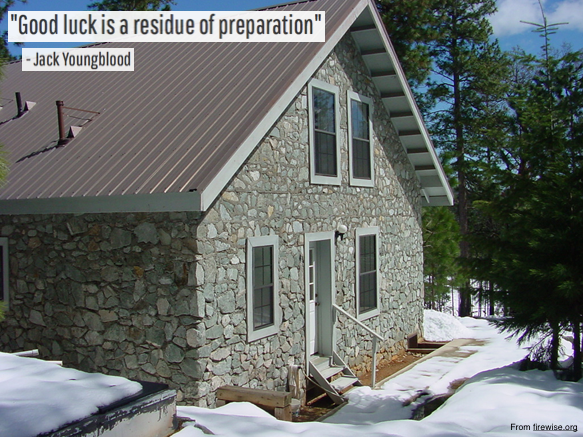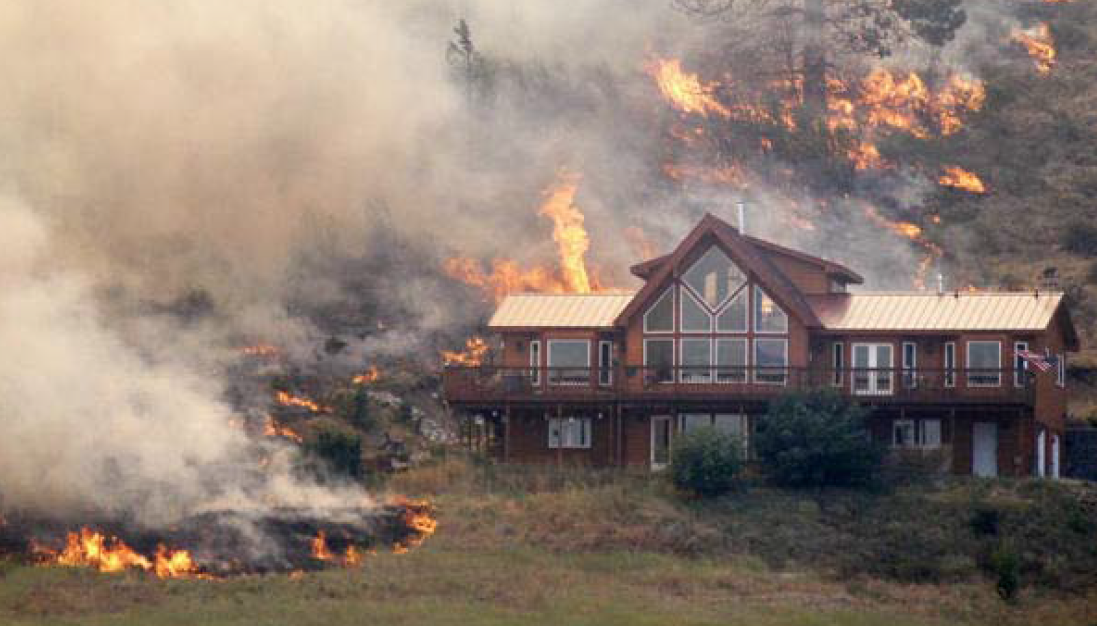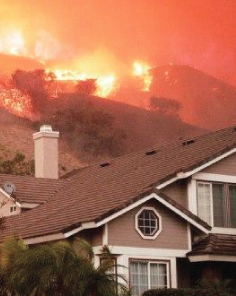Drawing on research and management experience in Australia, Canada, and the United States, Trust: A Planning Guide for Wildfire Agencies and Practitioners is a great resource for wildfire managers and communities. This document was a collaboration between Oregon State University, U.S. Forest Service, Natural Resources Canada, Canadian Forest Service, University of Alberta, and Charles Sturt University.
